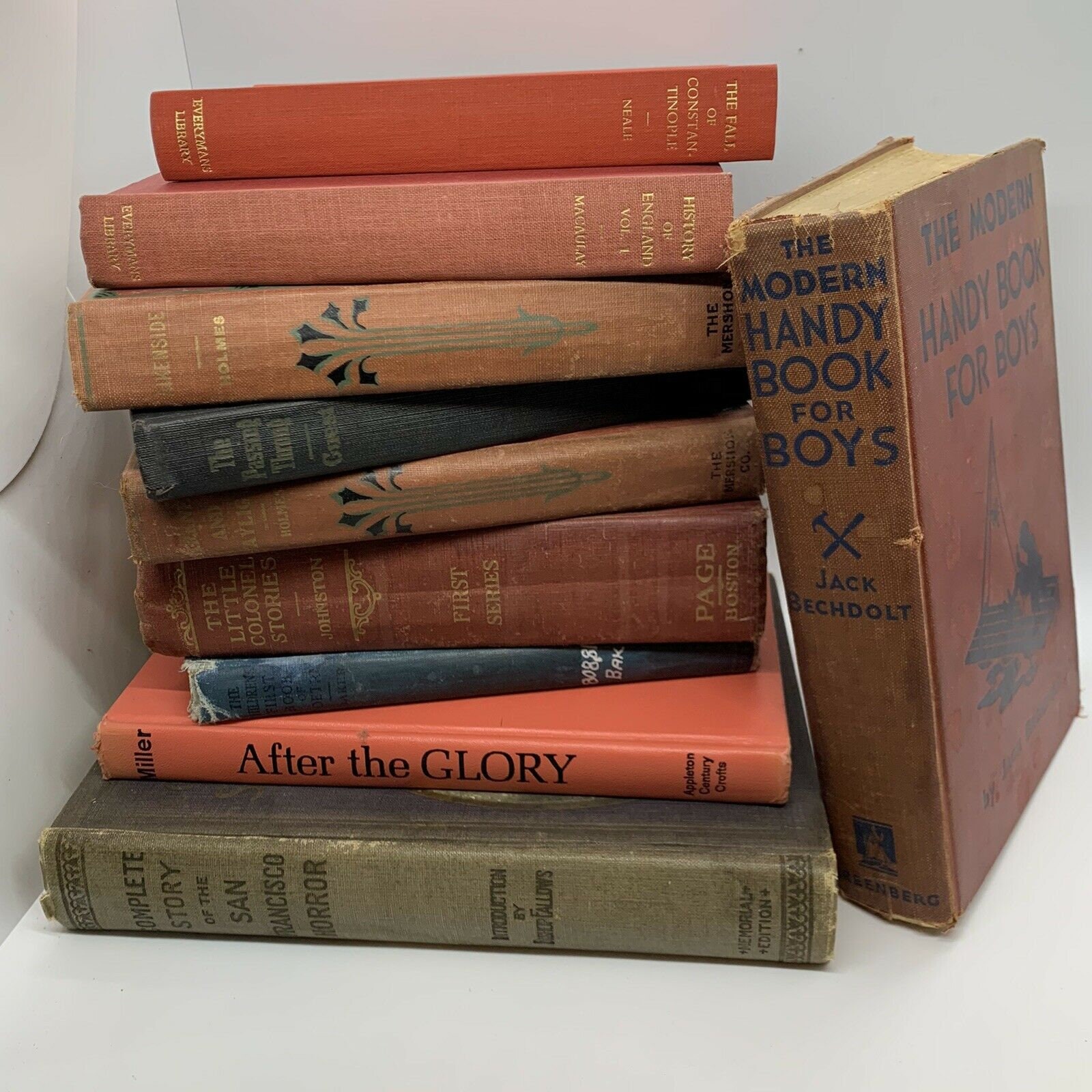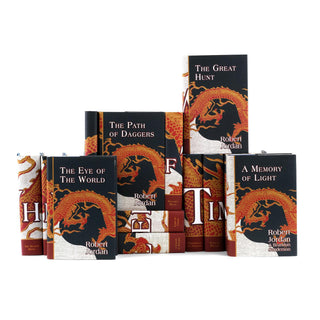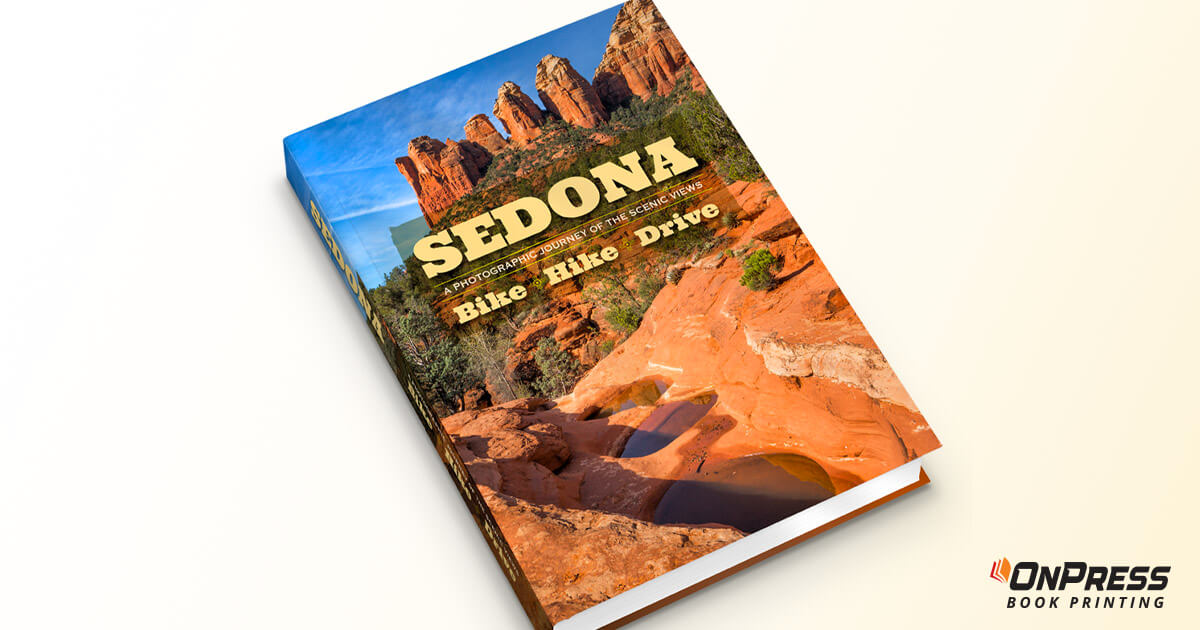A Comprehensive Guide to the Process of Hardbound Books Printing
When you begin the journey of hardcover book printing, recognizing the entire procedure is crucial. From preparing your manuscript to choosing the appropriate products, each step plays an essential function in the end product. You'll need to ponder layout aspects and printing methods that suit your vision. As you navigate via binding and top quality control, you'll locate that every choice influences guide's overall allure. So, what follows in this complex process?
Comprehending the Hardbound Publication Structure
When you discover the globe of hardbound books, you'll promptly observe that their structure is distinctive and deliberate. The external housing, often constructed from strong cardboard, offers sturdiness and security. You'll locate a material or leather treatment, which not only boosts appearances yet also adds to guide's longevity. Inside, the endpapers connect the cover to the message block, making certain a smooth interchange.
The message block itself contains several trademarks, or folded sheets, stitched together for toughness. You'll see that the spinal column is enhanced, allowing for a smooth lay-flat reading experience - hardcover books. In addition, guide's weight typically shares a feeling of high quality and durability
Hardbound publications usually include a dirt coat, which functions as an advertising device while protecting the cover. Comprehending these aspects aids you value the craftsmanship behind hardcover publications and their one-of-a-kind allure in the literary world.
Manuscript Prep Work and Editing And Enhancing
Obtaining your manuscript ready for printing is important, and it starts with appropriate format guidelines. You'll need to comprehend the editing process to refine your work and guarantee it resonates with readers. And also, understanding proofreading strategies can help you capture those bothersome errors before your book goes to print.

Manuscript Format Guidelines
Proper manuscript format is necessary for producing a professional-looking hardcover publication. Start by picking a typical font like Times New Roman or Arial in 12-point dimension. Usage double-spacing throughout the paper to boost readability. Set your margins to 1 inch on all sides, offering your text area to breathe. Number your pages in the leading right edge, and include your chapter titles at the beginning of each new section. Use clear headings to show sections, and prevent too much formatting like strong or italics unless essential. See to it to proofread your manuscript for consistency in design, ensuring that whatever from spelling to spacing sticks to your chosen standards. Adhering to these actions will set a solid foundation for your book.
Editing And Enhancing Refine Essentials
Modifying your manuscript is an essential action that can transform it from a harsh draft right into a sleek final item. Keep in mind, editing isn't simply about dealing with errors; it's about improving your voice and ensuring your message reverberates with readers. Welcome the process, and you'll see your manuscript sparkle.
Proofreading Methods Introduction
Once you've polished your manuscript with modifying, the following action is to assure it's free of errors that could sidetrack viewers. Review your manuscript out loud-- this aids you listen to awkward phrasing and spot typos. Consider publishing your manuscript; analysis on paper can disclose mistakes that displays miss out on.
Creating guide Cover and Inside
When you're creating your publication cover and interior, you'll intend to focus on crucial design elements that record your target market's focus. Picking the appropriate typography designs and meticulously picking shades and imagery can make all the difference in conveying your publication's style. Let's explore how these options can raise your work and bring in viewers.
Essential Layout Components
Developing a captivating book cover and a properly designed interior is crucial for drawing in readers and boosting their experience. Choose colors and images that show your book's motif and mood.
For the interior, concentrate on layout and white room. A clean, well organized design helps readers browse easily. Think about using phase headings and subheadings to guide them with the content. Aesthetic aspects, like graphics or pictures, can also improve involvement however needs to match the text, not bewilder it. Remember, a cohesive style throughout your book cultivates an expert appearance that can considerably impact a visitor's choice to pick it up.
Choosing Typography Designs
Typography plays a necessary duty in both guide cover and interior decoration, forming just how readers perceive your web content. When choosing typography styles, consider your book's genre and target market. A traditional serif font may function well for literary fiction, while a modern-day sans-serif could suit a contemporary novel. Assurance readability; your message ought to the original source be simple on the eyes, particularly for longer flows. Take notice of font dimension and line spacing, as these components influence total circulation. Mixing typefaces can add rate of interest, however limit it to two or three to maintain coherence. Think about hierarchy-- use various styles for headings and body text to assist visitors effortlessly through your work. Your typography selections will greatly impact the reader's experience.
Shade and Images Option
Selecting the best colors and images is vital for capturing readers' attention and conveying your publication's themes. Beginning by considering your style; vibrant colors could benefit a kids's book, while soft tones suit an enigma novel. hardcover books. Usage images that resonates with your web content-- photos, images, or abstract styles can enhance your message
When making the cover, make certain the imagery does not bewilder the Read More Here title and author's name; clearness is vital. This cohesive method not just elevates your book's visual yet also enriches the visitor's experience, making it a lot more remarkable.
Choosing the Right Paper and Products
When picking paper and products for your hardcover book, it's necessary to ponder just how they'll impact the general appearance and feeling of your task. Beginning by choosing the best paper weight; much heavier supply frequently communicates top quality and resilience, while lighter paper can produce a much more delicate touch. Think about the surface as well; shiny paper enhances images and colors, while matte can provide a sophisticated, understated look.
Cloth, leather, or published paper can establish the tone for your publication. Furthermore, think concerning the binding products; utilizing premium glue assurances your book lasts.
Ultimately, the selections you make right here reflect your vision, so take the time to example different products (hardcover books). Your options will certainly help develop a publication that's not just aesthetically enticing but functional and additionally long lasting
The Printing Process: Methods and Technologies
A selection of printing strategies and innovations can bring your hardcover publication to life, each offering special benefits. Digital printing is a prominent choice for brief runs, permitting fast turnaround and affordable remedies. It's excellent when you need to print smaller sized quantities without giving up high quality. On the various other hand, offset printing master generating big quantities, delivering premium and regular results. This approach is perfect for considerable publications where shade precision and great information issue.
For unique results, you might take into consideration techniques like foil stamping or embossing, which can add an elegant touch to your cover. Furthermore, you can choose numerous inks, including environment-friendly options that satisfy ecologically mindful visitors. Recognizing these strategies helps you make informed decisions, ensuring your hardcover book not just looks great but also satisfies your production needs properly. Pick the right approach to elevate your book's appeal and impact.
Binding Methods for Hardcover Books
A number of binding approaches can change your hardbound book right into a eye-catching and sturdy item. One prominent option is the case binding approach, where the web pages are stitched and after that connected to a rigid cover. This provides excellent resilience and a professional appearance. An additional technique is the perfect binding, which makes use of glue to hold the web pages with each other, allowing for a streamlined spinal column but much less toughness compared to instance binding.
You might likewise take into consideration spiral binding, which allows your book to lay level, making it excellent for handbooks or workbooks. Each binding technique has its benefits and fits various demands, so assume concerning your book's objective and target market when picking the helpful hints ideal option for your project.
Quality Assurance and Final Touches
After choosing the right binding method for your hardcover publication, high quality control comes to be necessary to confirm your end product fulfills your assumptions. Beginning by inspecting the printed web pages for any kind of mistakes or inconsistencies in color and layout. You don't intend to miss any type of typos or misprints that might affect your visitors' experience.
Next, check the binding integrity. Confirm the web pages are securely affixed which the spinal column is strong. A well-bound publication not only looks expert yet also really feels long lasting in your hands.
In addition, pay interest to the cover. Try to find any type of scuff marks or imbalances in the artwork. Make sure they're used constantly across all duplicates. if you have actually chosen for special surfaces like embossing or foil marking.
Lastly, conduct a complete assessment of the entire set prior to relocating to distribution. This way, you can verify that every book mirrors your high requirements.
Frequently Asked Concerns
For how long Does the Hardcover Publication Printing Process Typically Take?

What Is the Minimum Order Amount for Hardbound Books?
The minimum order amount for hardcover books normally starts around 100 copies, but it can vary based on the printer. You should contact your picked printing solution for their certain demands and rates.

Can I Print Hardbound Books in Customized Sizes?
Yes, you can publish hardbound publications in custom dimensions. Numerous printing services use adaptability with measurements, allowing you to choose a style that fits your job. Simply validate the requirements prior to positioning your order.
Exist Eco-Friendly Options for Hardbound Publication Printing?
Yes, you can find environmentally friendly choices for hardcover book printing. Lots of business utilize lasting inks and recycled products. Just ask your printer regarding their eco-friendly methods to ensure your job lines up with your environmental values.
What Are the Costs Related To Hardcover Book Printing?
When considering hardbound publication printing prices, you'll require to consider materials, design, and printing methods. Additional expenditures like delivery and binding can also influence your total budget plan, so plan accordingly for your project.
When you start the trip of hardcover book printing, recognizing the whole procedure is important.A range of printing strategies and technologies can bring your hardcover publication to life, each offering unique benefits. Exactly how Long Does the Hardbound Publication Printing Refine Commonly Take?
The hardbound book printing procedure normally takes about 2 to 6 weeks.Yes, you can locate eco-friendly alternatives for hardcover publication printing.